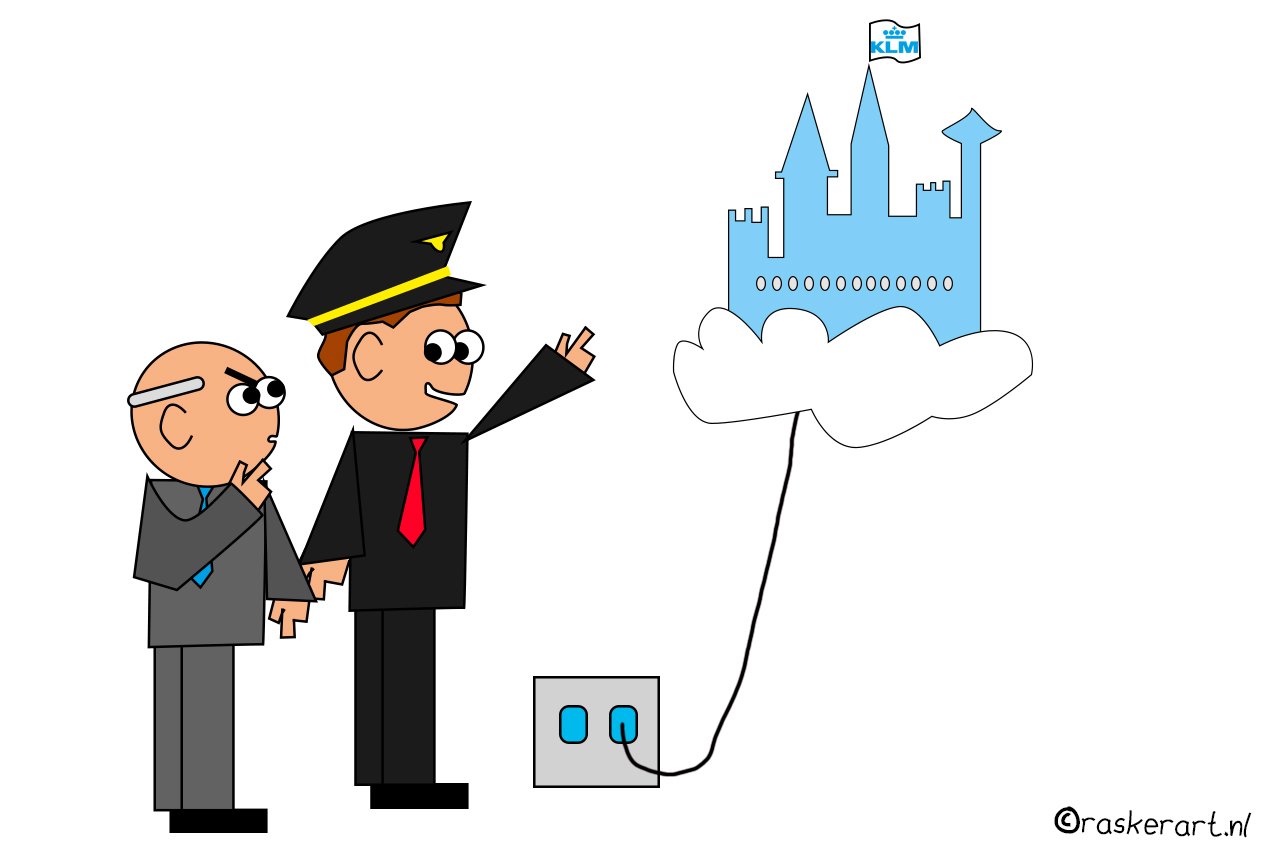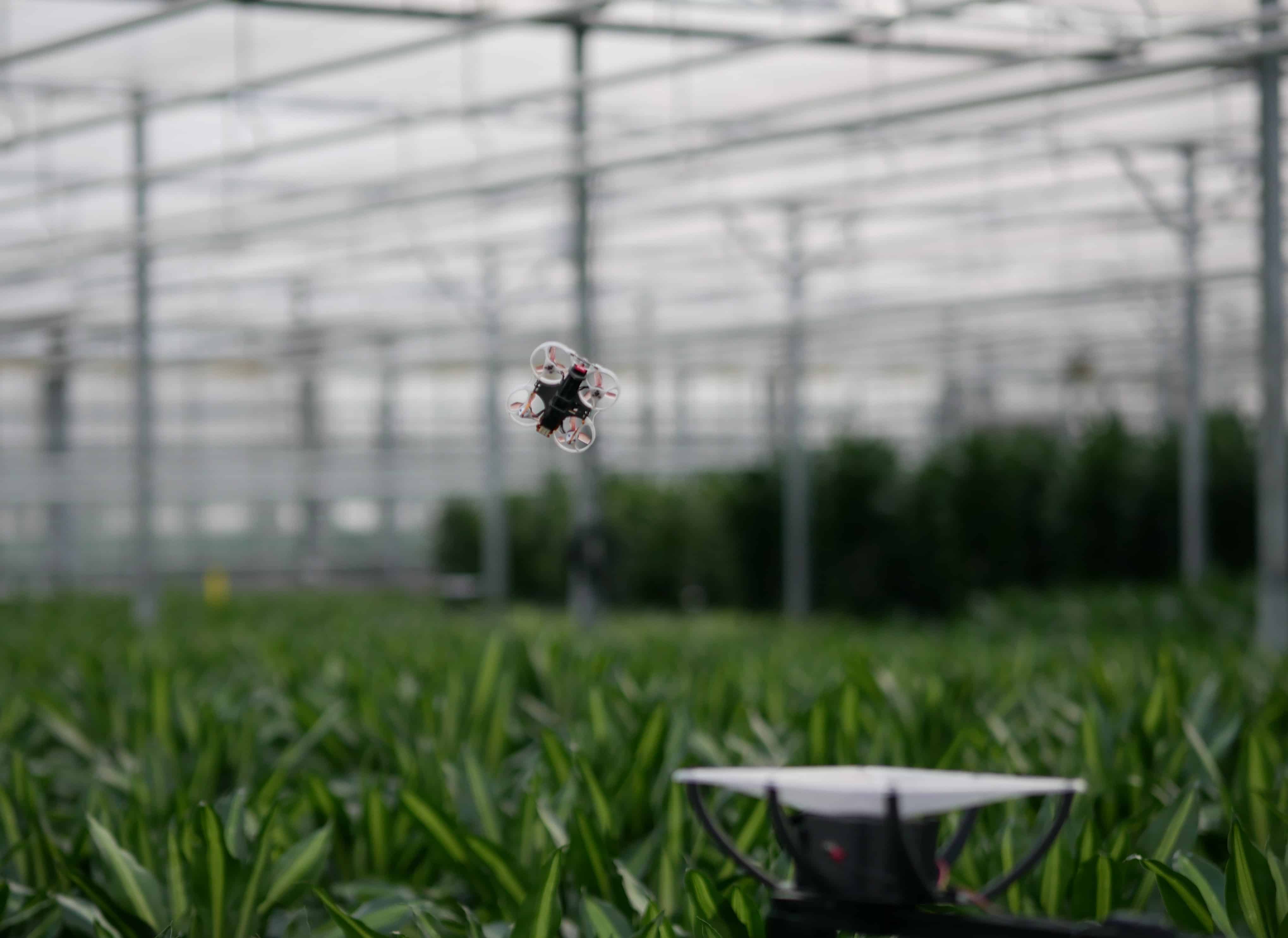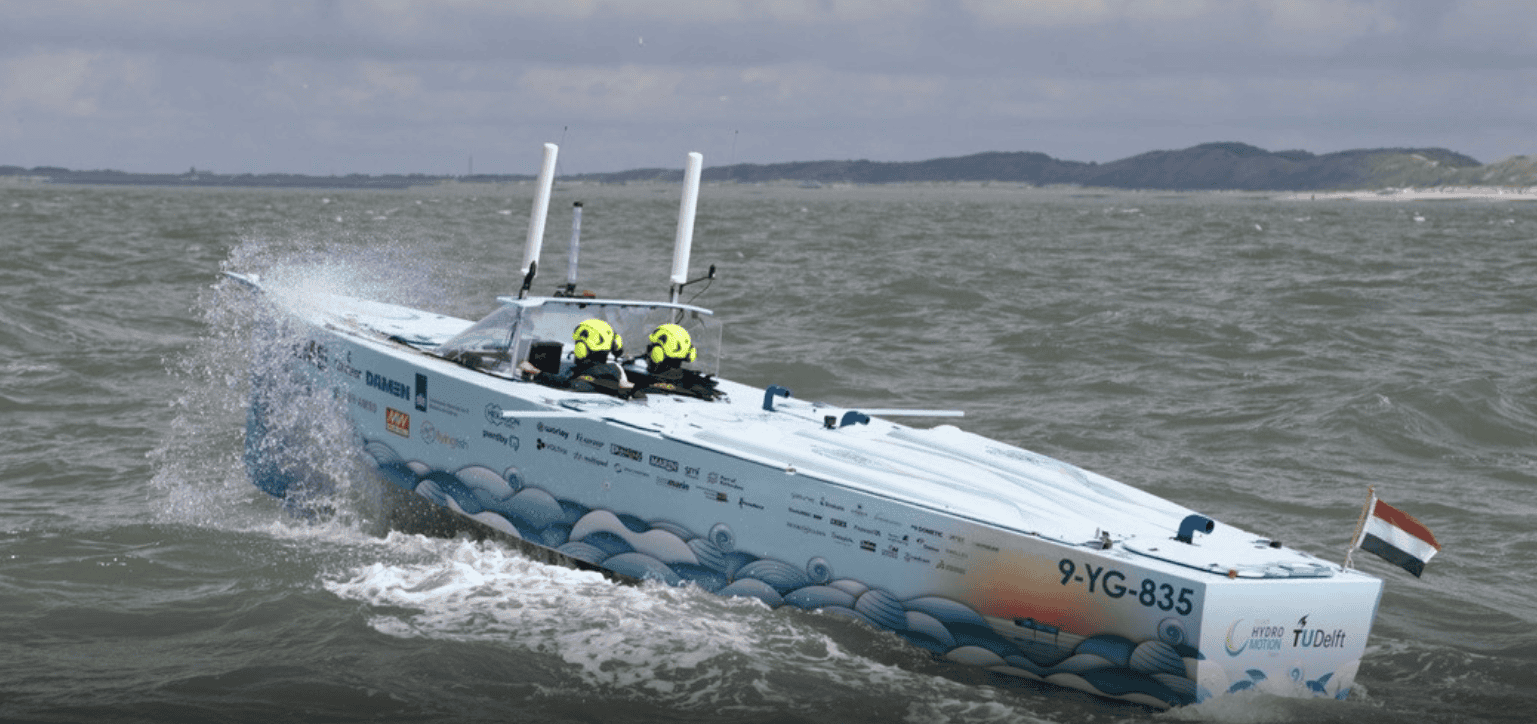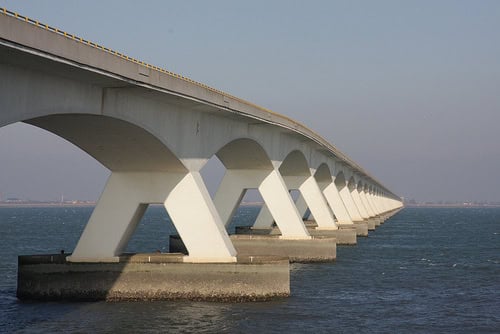
More and more we read about aircraft that are taking to the skies on battery electric power, mainly on a small scale at the moment, but who knows, maybe on a large scale in the future. Joris Melkert, lecturer in aerospace engineering at the Technical University of Delft, is not so sure yet. “Pipistrel, a Slovenian company, is selling a fully certified 2-seater that is powered by a battery. This gets you a range of 68 kilometers, nothing more than that. If you take off from Schiphol Airport, you end up just south of Dordrecht, but then you have to fly very economically and not have any headwind. At this point, that’s state of the art.“
Melkert is the first to acknowledge that these 68 kilometers will eventually become 100 and as technology continues to advance it will move towards 150 kilometers and beyond. “And those two people will become four and later six and ten, and so on. But there is a limit to this. That has everything to do with the battery that’s in the airplane,” he explains.
First of all, batteries are incredibly heavy for the amount of energy that goes into them. According to Melkert, there is 50 times less energy in a kilogram of battery than in the same amount of kerosene. “So you have to carry around a lot more weight for the same amount of energy. The next generation of batteries will be about three to four times more powerful, in the most optimistic expectations perhaps six times better. But that’s nowhere near enough to reach the level of kerosene. I also don’t see alternative batteries like the lithium-air battery – which is potentially much lighter – appearing on the market any time soon. The requirements for batteries are very strict, especially in aviation.”
Read more about electric flight here
Battery life must be improved
Likewise, Mark Ommert, technical project leader at Dragonfly, sees these disadvantages as well. Together with students and teachers of the InHolland University of Applied Sciences in Delft, he is building a battery-powered electric aircraft. The goal of the project is not only to get the airplane off the ground, but also to exchange knowledge between the field of practice and education. According to Ommert, the testing and certification of battery technology for aviation is still in its infancy. “Also, the lifespan of these batteries currently leaves much to be desired. The batteries of one of these Pipistrel airplanes must be replaced every 400 to 500 hours of flight. That adds up to a considerable outlay and probably makes it too expensive for commercial use. But if that lifespan improves and the price of batteries drops further, why not use this kind of plane at a flight school?”
But even if these more powerful batteries ever materialize, it will be a long time before you see them in an airplane. “There is not much room to be able to experiment and getting a certificate takes a very long time. Especially if we have more powerful batteries in the future, which succeed each other every two years, you don’t want to have to go through that whole process again. For this reason, you could set up a form of certification circuit where you don’t have to go through everything again from the very beginning.”
But that is, as he himself is well aware, a long way in the future. Ommert also doesn’t think we’ll be flying across the ocean on batteries anytime soon. “Maybe we have to change strategy so that from now on you first have to make a stopover. But I refuse to write off electric-batteries at this stage simply because not everything is possible (yet).”
Electric driving was considered impossible for a long time
Ommert compares it with Tesla electric cars. Didn’t everyone say it couldn’t be done? “And now look at it all. The range of those cars is increasing year on year. Why shouldn’t it be the same with electric flight?” he adds enthusiastically.
Moreover, he goes on to say, battery-powered flight is actually happening already, and there are a lot of start-ups working on it. Take the E-Flight Academy in Teuze, a flight school where they fly almost entirely electric. In America you have Bye Aerospace. This company has built a frame from scratch, unlike Pipistrel which converts an existing frame. Because of this they claim to be able to fly much more efficiently. They are working on a 4 and an 8-seater and claim to be able to fly a lot further. When translated into flight schools, this could already be commercially interesting.”
Light aviation is just like a playground for big planes
A tremendous amount is also happening in the field of electric motors, Ommers notes. “For the Dragonfly, we use an electric motor from Saluqi in Helmond. They make motors that are less heavy, more compact and that run more efficiently than what is currently available on the market. The great thing is that this company can make both small motors and motors with large capacities for a variety of markets. The knowledge we gain here is also extremely useful for ‘big’ aviation. It’s a kind of playground where knowledge can be passed on.”
This is also something that Melkert agrees with, but we should “not think that we will ever fly across the ocean with 500 people on batteries.” In the short term, he himself sees more in synthetic kerosene that is made with sustainable electricity. In the long term, he sees a future for hydrogen-electric power. “In terms of emissions, the biggest problem of aviation tends to be intercontinental flights, the short-haul and small-scale flights are negligible in that respect. The potential of hydrogen-electric exceeds that of batteries, so we need to push forward with that.”
Read here how synthetic kerosene is made.








